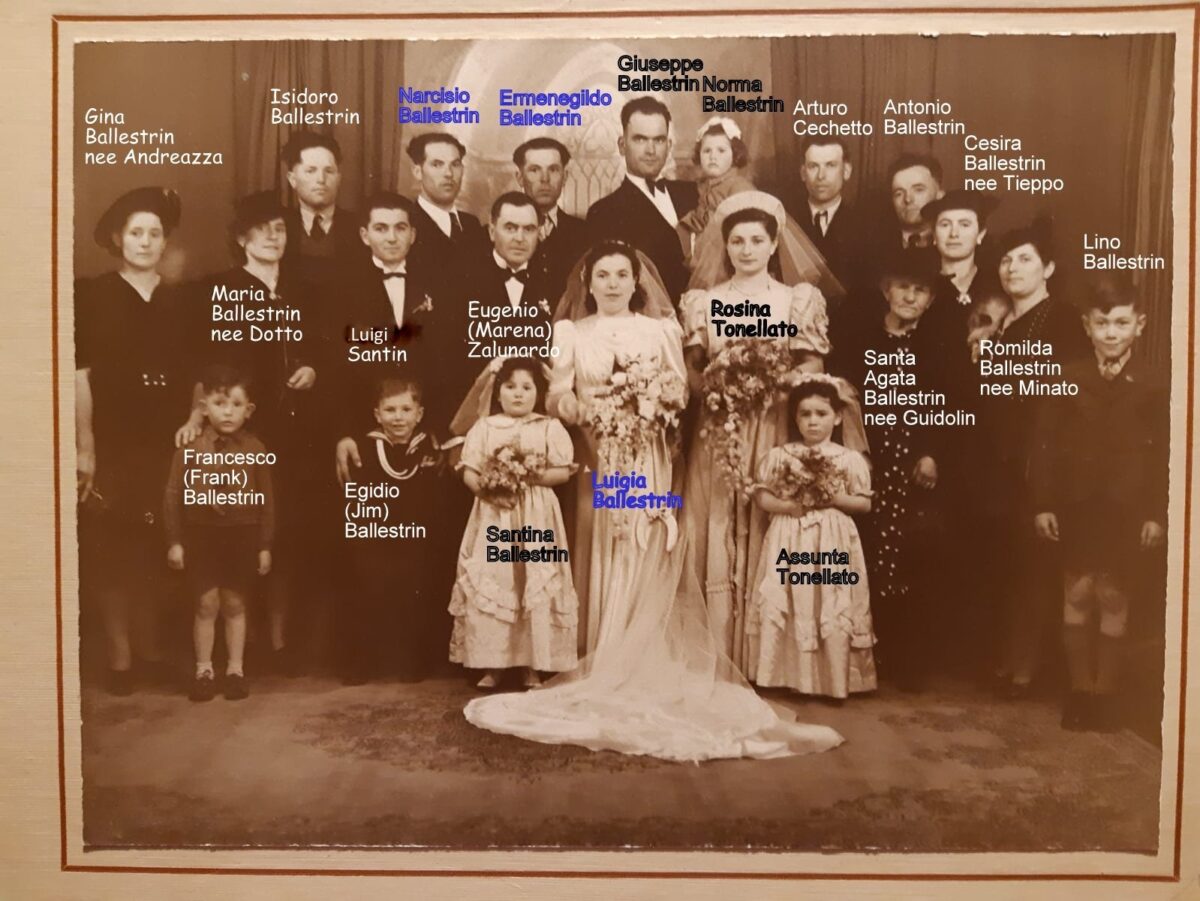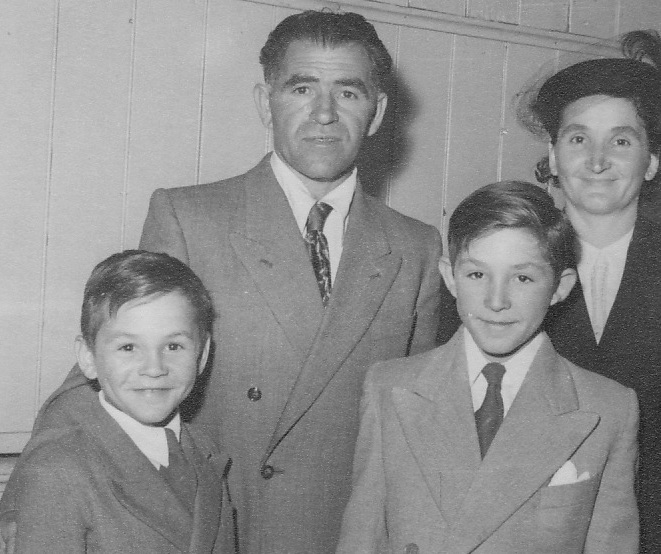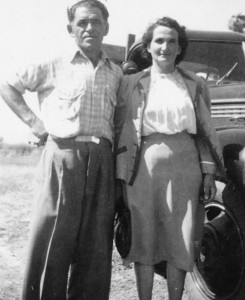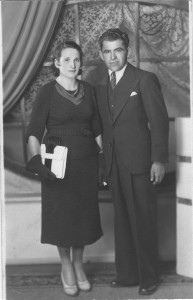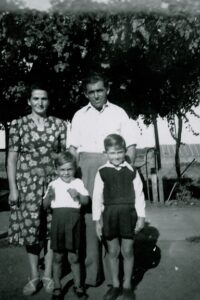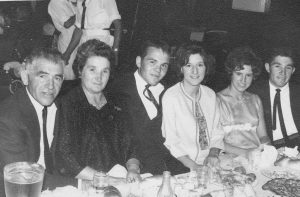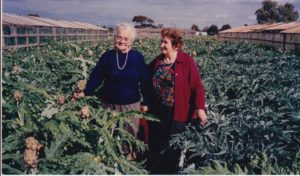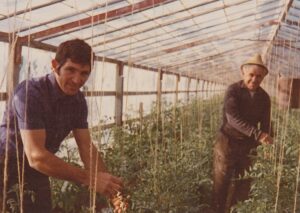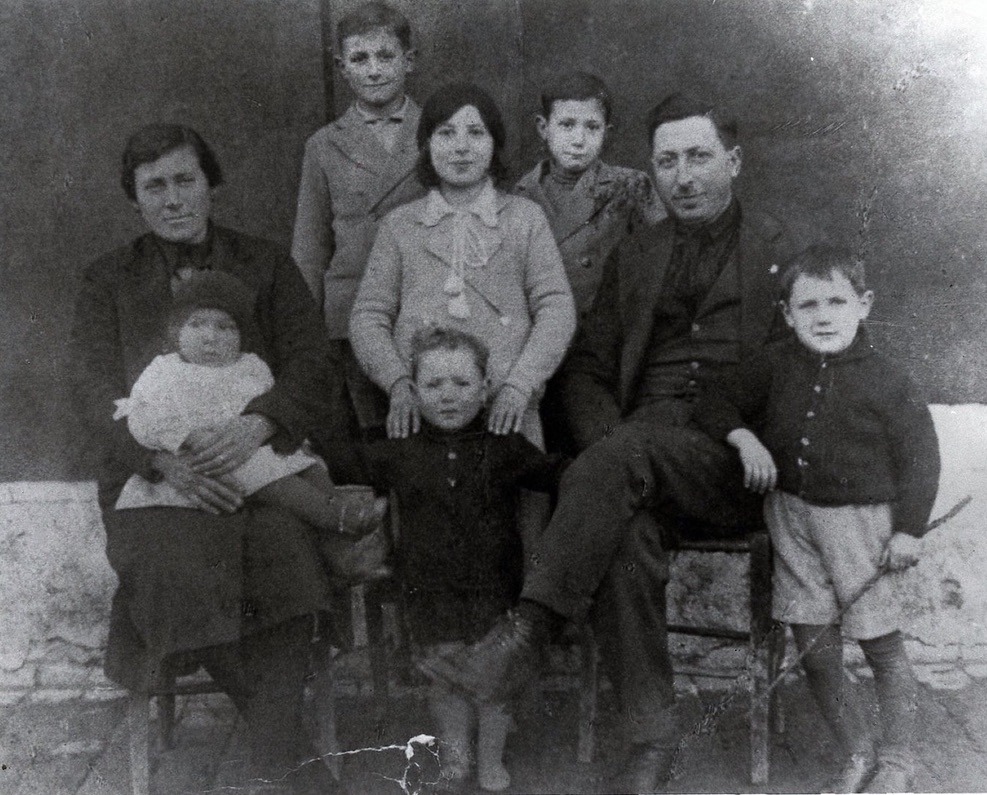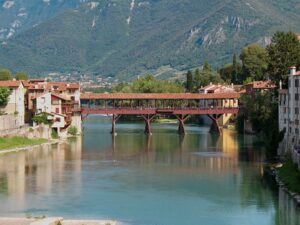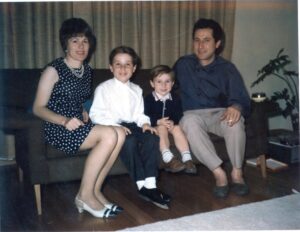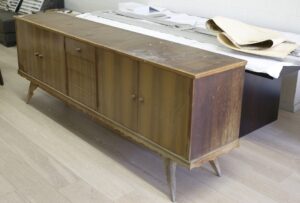This guest blog, written by Silvano Ballestrin, provides an overview of the Ballestrin family and their settlement in Adelaide from 1927 when brothers, Antonio and Isidoro, arrived with their cousin, Giuseppe. Silvano also recalls the custom of filò. The next blog will be part 2 of the Ballestrin family story.
Our father, Narcisio Vittorio Ballestrin, was born on 30 July 1913 in Vallà, Provincia Treviso, Italy. Our mother, Maria Maddalena Dotto, on 10 Jun 1914 in Salvarosa, Provincia Treviso. Both Narcisio, (pronounced as Narciso) and Maria spent only 3 and 5 years respectively at primary school. Neither had any formal schooling beyond that.
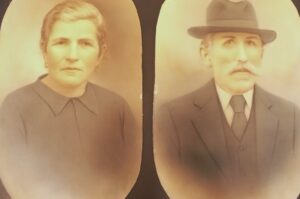
In Italy, Dad worked mainly on the family farm until he went to work in France for 4-5 weeks at age 18. He came back to the farm until he was 21, before he served in the military for about 33 months. Towards the end of his tenure he got sick and had to convalesce for 4 months in hospital. After being discharged from the army he went back to work at home for about 18 months. During this time he said “Andavo a fiò” which means “I would go visiting” and this is how he met and courted Maria Dotto, our mother.
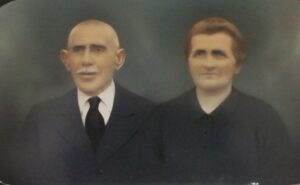
Fiò is the Veneto pronunciation of the word filò. The word filò originally meant to go visiting a family either as an individual or as a family after dinner and gather around animals for warmth in the stables of farmhouses. This helped to save wood for cooking and heating water for washing clothes. The word probably derives from the Latin, filatum, which is the activity of spinning of wool that the women undertook to pass the time. The men often repaired farming implements, furniture or made wooden toys for the children. Filò is the library or talking books of the illiterate peasants who handed down their culture through the spoken word. A tradition that’s gradually diminished over time.
Mum and Dad were married in 1938 and he left for Australia soon after the wedding. His older brother Isidoro (Doro) sponsored him. From time to time Narciso mentioned that when his brothers Doro and Antonio (Toni) and cousin Giuseppe (Bepi) decided to leave Italy, they originally sought to migrate to America but there was something not quite right with one of Doro’s eyes, which was true. His migration visa was subsequently rejected and so they sailed for Australia instead. A blessing in disguise for the Ballestrins.
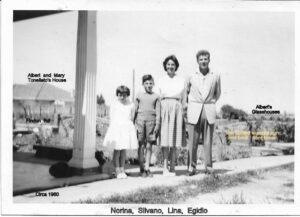
Of the Ballestrin clan from Vallà, Doro, a friendly and generous man, was a major influence in the Lockleys Findon area. He spoke English fluently and often translated for his brothers or their families. According to his son Frank, he spent some time in the bush among Australians and so he learnt English relatively quickly. Toni was very generous but seemed to be a bit grumpy. Gildo (Ermenegildo) was a gentle kind man. Yiyetta (Luigia) was lovely. Tohn (Giuseppe or Bepi) was a fairly quiet man. Our father Narcisio can best be described as cheeky and irreverent which is how he described his own father Checco (Francesco). All of the Ballestrins had a strong work ethic which they passed on to their children. Most of us can still remember how to tie that double knot one handed on the glasshouse wires.
We would often go to Fiò and visit all of our relatives and friends and they visited us as well. Once or twice a week, usually after dinner, we heard our parents talking to each other, saying something like: “Andemmo a fiò? (Shall we go visiting?) Va ben, andove demo? (All right. Where shall we go?) A ben, andemmo da Yiyo Toneato. (Oh well, let’s go to Luigi Tonellato).” We wouldn’t take cakes, biscuits or wine but always dressed in neat clean clothes. The hosts always provided coffee and biscuits, sometimes wine as well. The unwritten rule for we children was never to ask or take a biscuit or pieces of cake off the table unless it was first offered to us. While the parents chatted away, we children played. We visited all of our relatives regularly as they all conveniently lived within a 3-4 km radius. If the intended family wasn’t home then we went to another family nearby.
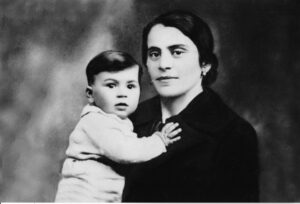
Jim recalled the family walked from our Valetta Rd home to friends and relatives’ places after dinner during the evening fiò. For example, from Valetta Road our family walked 2.5kms to the Marchioro’s at the end of White Ave, stay for 2-3 hours and walk back again later that night. A 5km all round walk. Having spoken to a few of our cousins, they all knew what the word fiò meant. We remembered visiting all of our uncles, aunties, and other relatives on a regular basis. Plus families Dotto, Piovesan, Tonellato, Santin, Candiotto, Innocente, De Marchi, Compostella, Pietrobon, Possamai, Martini, Berno, Lamberti, Recchi, and many others. There were friends from the Veneto, Trieste, Napoli, and other regions of Italy. Our parents were very sociable.
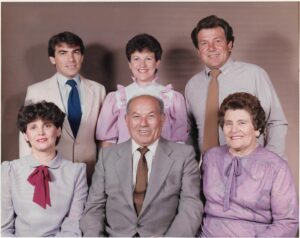
Silvano Ballestrin
28 June 2020
With help from Egidio Ballestrin (brother), Frank Ballestrin (cousin), Lina Campagnaro nee Ballestrin (sister), Norina Savio nee Ballestrin (sister), Isabella Ballestrin (granddaughter) , Kelli Ballestrin (daughter), Dolfina Leonardi nee Ballestrin (cousin), Severino Dotto (cousin in Italy), Madeleine Regan, Christine Rebellato nee Mattiazzo, Angelo Ballestrin (cousin), Angelo Piovesan (friend), Aurora Ballestrin nee Stella (my wife for being so patient).
